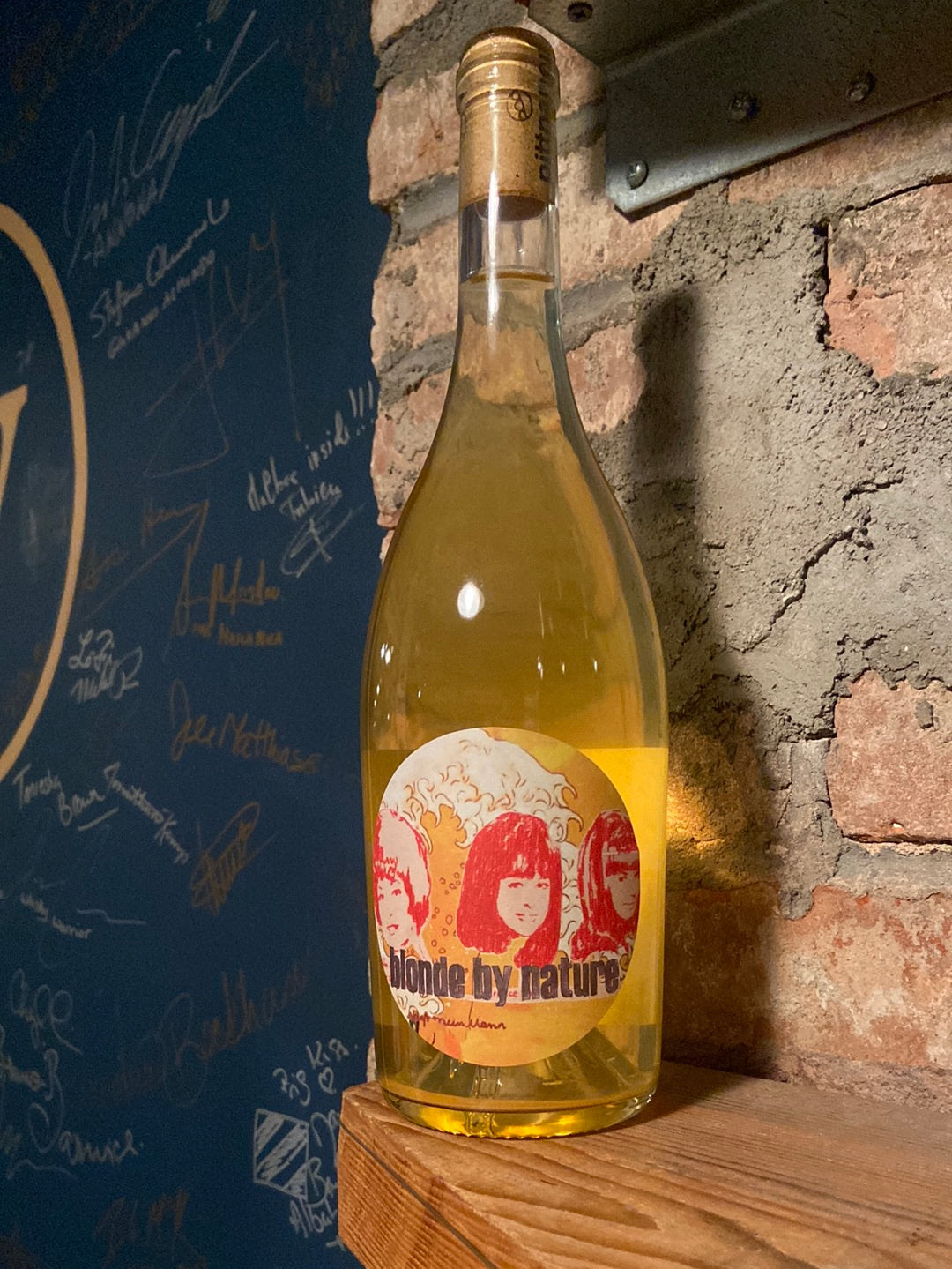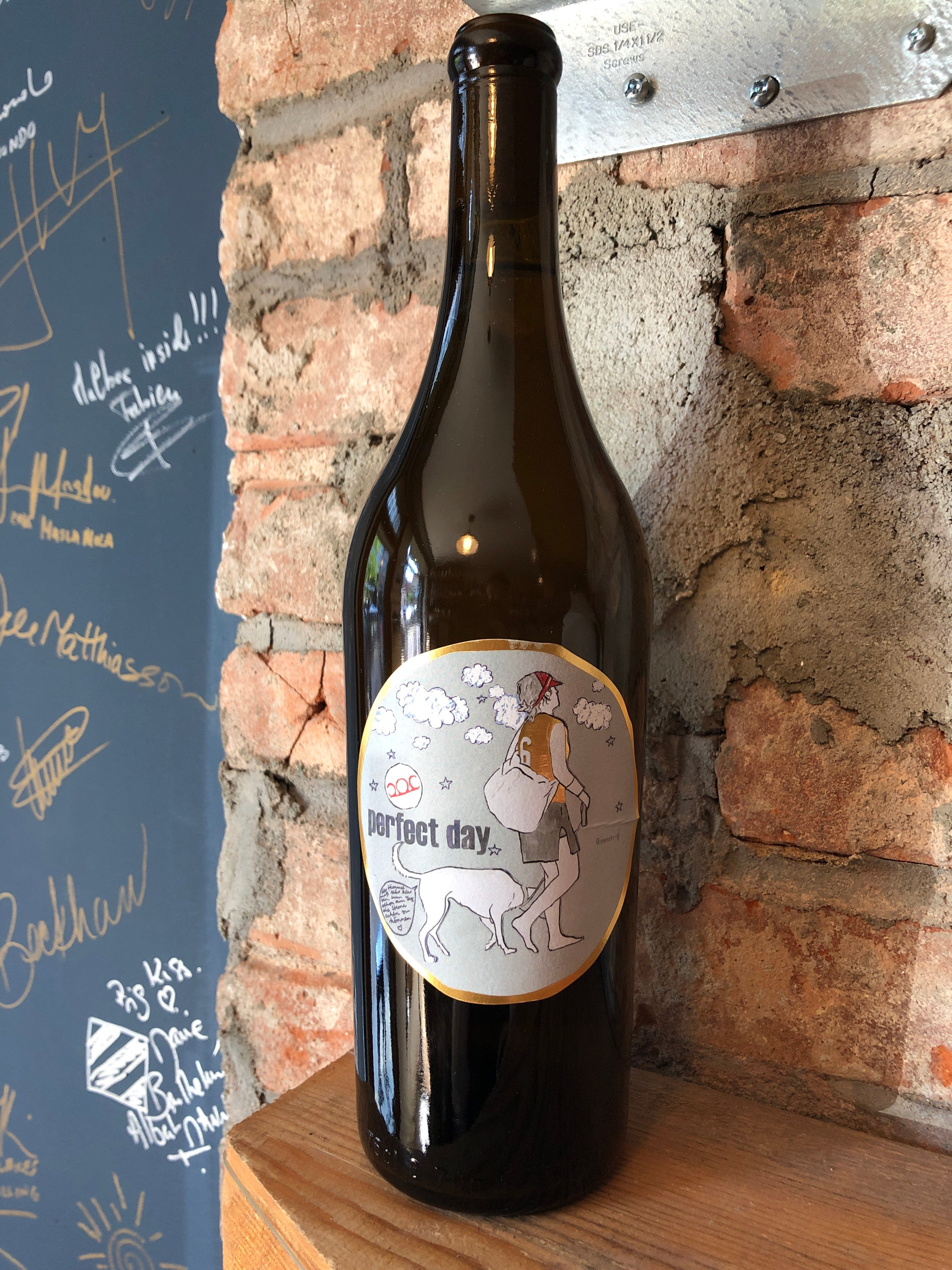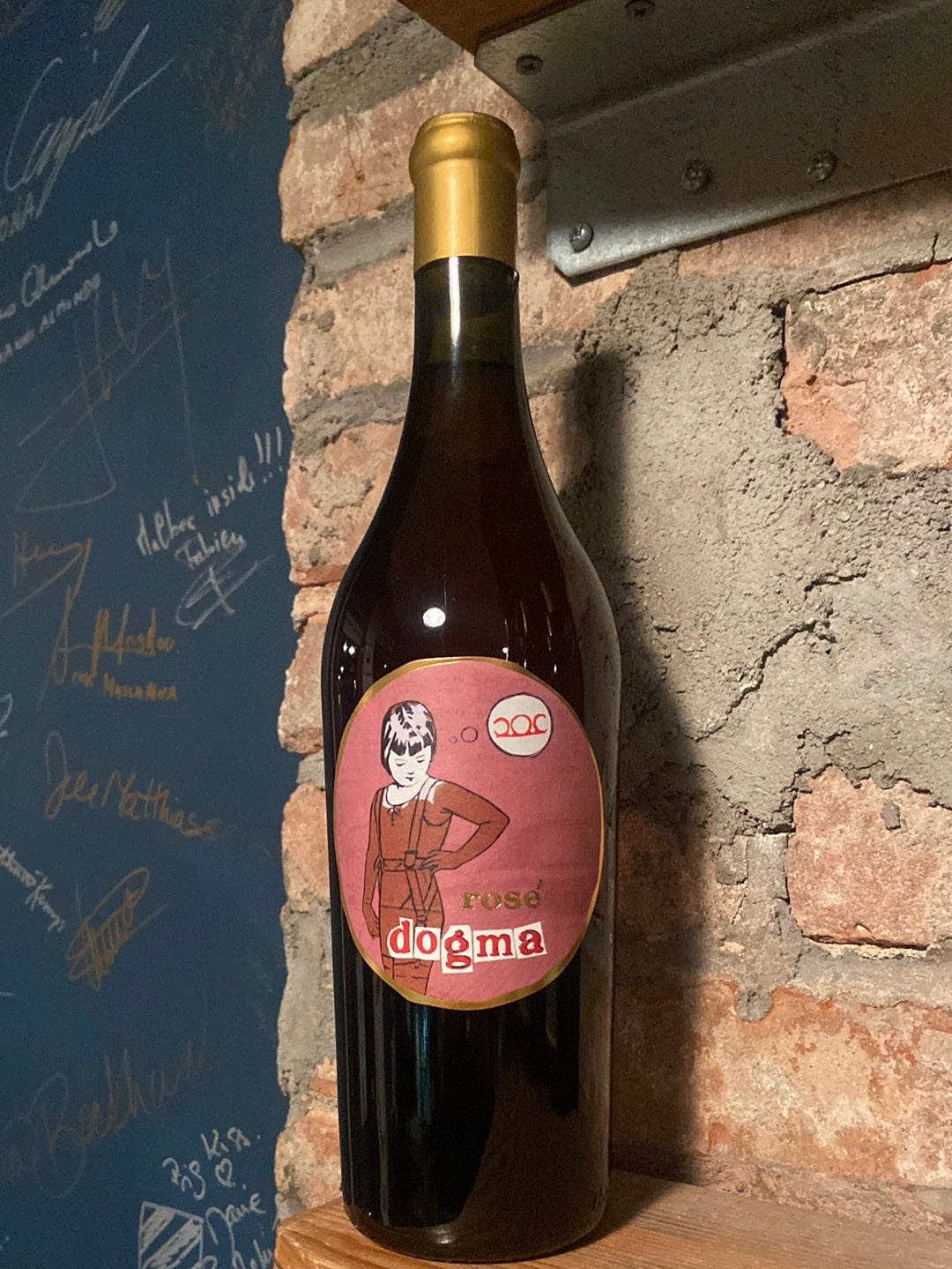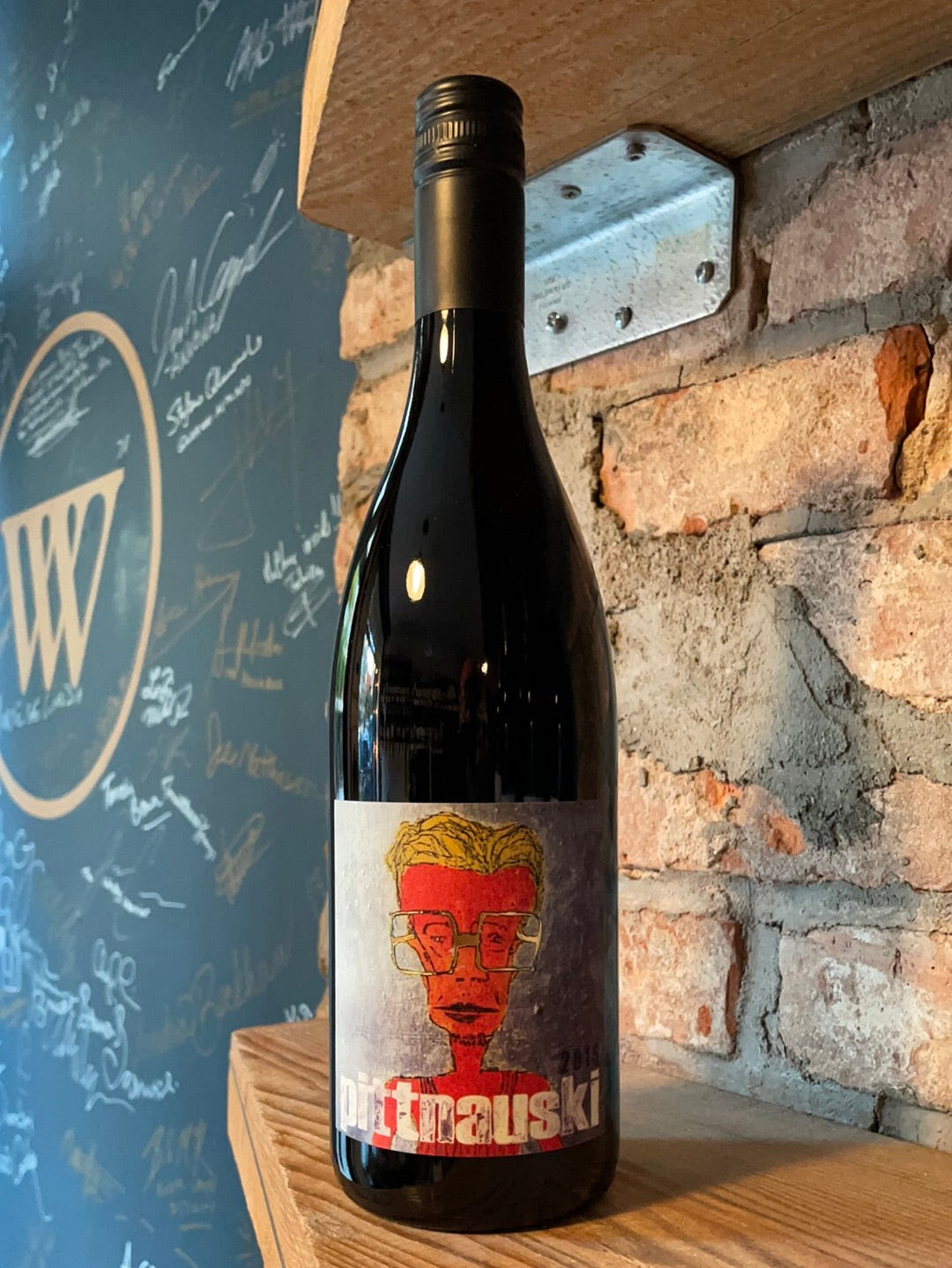Pittnauer: Wild Austrian Refreshment
Pittnauer: Wild Austrian Refreshment
Delicious offerings from a pioneering natural Austrian producer

Gerhard and Brigitte Pittnauer have been farming Biodynamically in Austria's Burgenland region since 2006. Illustration by Jonathan Kemp
Every week I feel like I taste or hear about some new 'natural' wine with a wacky name or a branding strategy that seems a little too slick for an agricultural product. I know many people like to shop by the label, but the 'don't judge a book by its cover' advice is perhaps even more useful for wine labels. There is truly no correlation between winemaking and visual design skills. I don't begrudge anyone for trying to get attention in a competitive market. Sometimes great winemakers have a great sense of visual design, sometimes they don't. It's important to look deeper.
One of my good friends who likes a more traditional wine visuals was particularly chuffed at the labels from Pittnauer, who favors a cartoonish decoupage. My friend was upset by the 'childish' bright colors as well as the fact that the wine itself tasted like adult fruit juice. But what was behind the labels and the wine was pretty serious stuff, as I'll get to below. Personally, I couldn't get enough of Pittnauer's adult fruit juice. The offending bottle that night was an orange wine called "Perfect Day."
The Pittnauer "Dogma" rosé, which just came back into NY, was a serious hit last vintage: and mostly through the winter, which you wouldn't expect. But it's a darker rosé that brings to mind l'Anglore Tavel rosé and Cornelissen's Susucaru rosato. Luckily it's a little less hyped and a little more available. But I enjoy it just as much, and I say that having tasted both the "Dogma" and l'Anglore Tavel rosé in the past week.
Gerhard Pittnauer was barely 18 years-old when his father passed away and he and his sister were handed their family's vineyards. The siblings split up the vines and by the late 1990s Gerhard was working organically and experimenting with skin-contact. By 2006 he and his wife Brigitte were working Biodynamically and were certified in 2009. Many years of making wine with low and zero-sulfur additions has made their wines less prone to the typical flaws associated with natural wine. And they only seem to be getting more scrumptious.
Outside of France, one of the most fertile areas for natural wine has been Austria's Burgenland region. Here you'll find some of the most recognizable faces in the movement, by which I mean Gut Oggau and their famous 'face' labels with characters depicting the personalities of the wines. You'll also find Christian Tschida, Alexander and Maria Koppitsch, Judith Beck, Rennersistas, Georg Schmelzer, Martin Nittnaus, Franz Weninger, and Claus Preisinger. They are all around the town of Gols near the Neusiedlersee, the largest inland lake in Europe. It's a veritable hotbed of natural wine, and that's not entirely a figure of speech. This is a very warm part of Austria on the flat plains that extend from Hungary, not the pine-dense Alpine image commonly associated with Austria, but an ancient sea bed with a mix of geologically young soils and a humid climate. The wines coming from there have been some of the most exciting and engaging natural wines around recently.
For my money, Gerhard and Brigitte Pittnauer are making some of my favorite wines from the Burgenland. They have an decades of experience in the vineyards and playfulness in their wines. They have serious chops, but they are not afraid to use them in the service of so-called 'adult fruit juice.' As we celebrate Beaujolais Day and the arrival of this year's Nouveau, it's a good day to remember that it's possible to make easy, chuggable wines that come from winemakers working hard to be stewards of the land. If that's what's behind a label, then I don't care what it's called.
Cheers!
Jonathan Kemp
|
|||||||
|
|||||||
|
|||||||
|
|||||||









Leave a comment